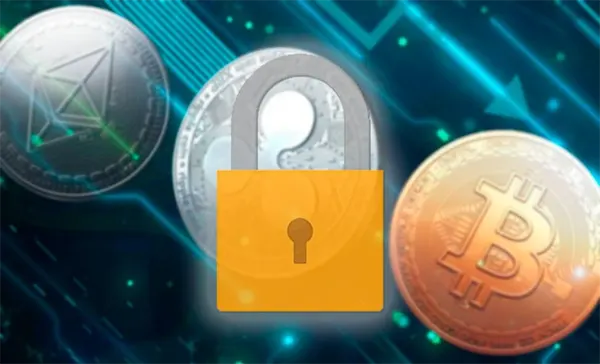
Unraveling Interoperability in Blockchain
Interoperability in the context of blockchain technology refers to the ability of different blockchain systems and networks to communicate, understand, and share information with each other. This seamless interaction allows for the transfer of assets and data across diverse blockchain ecosystems without the need for intermediaries, thereby creating a more connected and efficient digital world.
The Main Advantages of Interoperability
Interoperability brings with it several significant advantages that can revolutionize how systems and networks interact:
- Enhanced Connectivity: It bridges isolated blockchain networks, enabling them to communicate and collaborate, which can lead to the creation of new services and applications.
- Increased Efficiency: By facilitating direct interaction between blockchains, interoperability eliminates the need for third-party intermediaries, reducing costs and transaction times.
- Greater Innovation: A more interconnected ecosystem fosters innovation, as developers can leverage the unique features and strengths of various blockchains to create comprehensive, cross-chain applications.
- Wider Adoption: Interoperability can significantly speed up the adoption of blockchain technology, making it more accessible and practical for everyday use across a variety of industries. Gambling is actively interested in this, and Cresus Online Casino contributes to this decision in every possible way.
What Solutions Help Achieve Interoperability?
To overcome the challenges of blockchain silos, several solutions have been developed:
- Cross-Chain Protocols: Projects like Polkadot and Cosmos are creating protocols that enable different blockchains to interoperate, allowing them to share data and transactions seamlessly.
- Blockchain Bridges: These are specialized connections that link two blockchains, facilitating the transfer of assets and information between them, such as wrapped tokens between Ethereum and other blockchains.
- Standardization Efforts: The development of common standards and protocols aims to simplify the interoperability process, making it easier for different blockchains to integrate and interact.

What are the Obstacles to Interoperability?
Despite the potential benefits, several obstacles stand in the way of achieving full interoperability:
- Technical Complexity: Ensuring secure and efficient communication between diverse blockchain architectures is a complex technical challenge.
- Security Risks: Interoperability increases the attack surface, creating potential vulnerabilities that could be exploited by malicious actors.
- Lack of Standardization: The absence of universal standards for interoperability means that many solutions are proprietary and not universally applicable, hindering widespread adoption.
What Does the Future Look Like?
The future of blockchain interoperability is bright, with ongoing advancements poised to overcome current challenges. We can anticipate:
- A Unified Blockchain Ecosystem: As interoperability improves, we expect to see a more cohesive and efficient global blockchain ecosystem, where information and value can flow freely across different networks.
- Breakthrough in Applications: Expanded interoperability will enable the development of innovative applications like this Cresus Online Casino that can run across multiple blockchains, offering more versatile, resilient and user-friendly solutions.
- Mainstream Blockchain Adoption: With the barriers between different blockchain networks breaking down, blockchain technology is likely to see broader acceptance and integration into various sectors, from finance and healthcare to supply chain management and beyond.
Blockchain interoperability represents a pivotal step towards realizing the full potential of blockchain technology. By enabling different networks to communicate and share resources efficiently, interoperability not only solves the problem of fragmentation within the blockchain space but also opens up new avenues for collaboration, innovation, and growth. As we move towards a future where interoperability becomes the norm, the possibilities for what can be achieved with blockchain technology expand exponentially.
Popular articles
-
 Cryptocurrency Bridges: Key Risks, Major Hacks and the Future of Cr...
Cryptocurrency Bridges: Key Risks, Major Hacks and the Future of Cr...Cryptocurrency bridges have become a critical component of the modern …
-
 Risks 2025: Quantum Computers, Cryptocurrency Security and Whether ...
Risks 2025: Quantum Computers, Cryptocurrency Security and Whether ...Rapid progress in quantum technologies raises understandable concerns within the …
